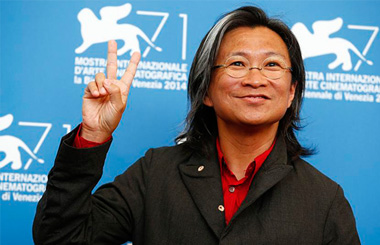Video games enter home of Van Gogh, Dali
By Tiffany Tan ( China Daily ) Updated: 2012-12-18 10:22:54Within the 14-game collection, MoMA has tried to represent as many types of video games as possible, Antonelli says.
The curatorial criteria, she says, combine an appreciation of behavioral and experiential design, aesthetics, coding elegance, dynamic spatial design and sense of time.
The museum, established in 1929 and known for its extensive collection of cubist, surrealist and abstract expressionist paintings, has apparently been interested in video games since 2006.
When it broke the news last month that the games will be installed in its galleries in March, the public reaction ranged from delight to disapproval.
Some critics, like the Guardian newspaper's Jonathan Jones, say video games do not belong in MoMA since they're not art.
"It has to be an act of personal imagination," Jones, the British paper's art critic, says in his blog.
"Any definition of art that robs it of this inner response by a human creator is a worthless definition."
The worlds created by electronic games, he says, are more like playgrounds where experience is created by the interaction between a player and a program.
The player, Jones says, can't claim to impose a personal vision of life on the game, while the creator of the game has ceded that responsibility.
MoMA says video games are not only art but also examples of design.
"Are video games art? They sure are, but they are also design, and a design approach is what we chose for this new foray into this universe," Antonelli says in a blog post.
"The games are selected as outstanding examples of interaction design - a field that MoMA has already explored and collected extensively."
In the coming months, the museum plans to increase its game holdings to 40, hoping to get its hands on the likes of Donkey Kong, Super Mario Bros and Street Fighter II. Chen, who co-founded thatgamecompany in 2006, will be happy to hear that another of his games, Flower, is being considered by MoMA for "future steps".
For now, the 31-year-old Shanghai native is just thrilled that one of his works will go on exhibit beside classics like Pac-Man and Tetris.
For a guy who wants his game design company to someday become "the Pixar of games" - producing polished, artistic and heartwarming games for the world - a permanent place at New York's Museum of Modern Art isn't bad at all.
tiffany@chinadaily.com.cn
|
|
|
|
|
|
|
|


























 Raymond Zhou:
Raymond Zhou: Pauline D Loh:
Pauline D Loh: Hot Pot
Hot Pot Eco China
Eco China China Dream
China Dream China Face
China Face






